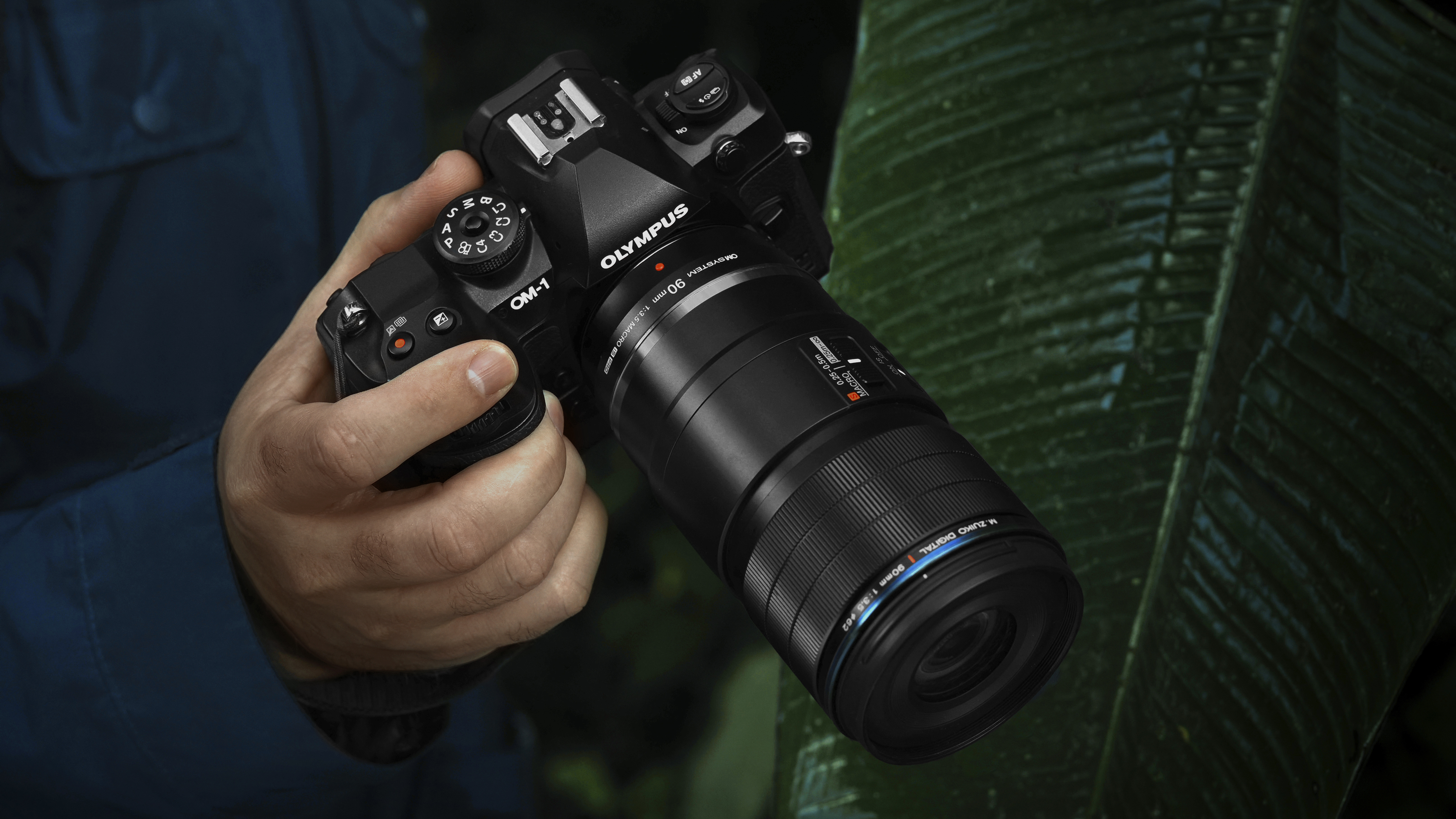12 lenses of Christmas: February 2023 begged the question, “What price a pancake?”
To help us all recover from Christmas spending, 7Artisans announced an unfeasibly cut-price lens.

We’ve seen some interesting lenses from 7Artisans but this one is particularly intriguing. The 7Artisans 18 mm F6.3 Mark II Ultra Thin was launched in February, in a range of mount options for APS-C and MFT cameras. It’s probably the thinnest and cheapest pancake lens that we’ve ever seen, and we’ve seen quite a few. So beat the winter blues without blowing your budget. The tiny 7artisans 18 mm F6.3 Mark II Ultra Thin weighs in at just 58g, is barely bigger than a camera body cap and only costs around $59 / £49 / AU$85.
It’s no pancake lens but another downsized delight was announced in the diminutive form of the Canon RF 24-50mm F4.5-6.3 IS STM. And speaking of RF mount, Cosina stated that its new Voigtländer Nokton 50mm f/1 would be the fastest lens for Canon cameras.
We’ve always been impressed with Sigma’s 50mm Art lenses so it was good news that a new edition for mirrorless cameras was on the way, in the shape of the Sigma 50mm F1.4 DG DN Art in Sony E and Leica L mount. And speaking of impressive, Leica bolstered its SL System range with the announcement of the Summicron-SL 35mm f/2 ASPH and a Summicron-SL 50mm f/2 ASPH. Meanwhile, Sony tempted us with the launch of its new 50mm F1.4 G Master lens.
There was big news that Sigma was finally making lenses in Nikon Z mount. In the detail though, they turned out to be a trio of APS-C format 16mm, 30mm and 56mm f/1.4 Contemporary lenses that had already been released in other mount options. And if the devil is in the detail, the OM System M.Zuiko 90mm f/3.5 Macro IS Pro will certainly seek him out. With a bit of trickery, you can get up to 8x effective macro magnification.
Good news for Fujifilm X system shooters was that new lenses were on the horizon, in the shapes of the Tamron 11-20mm f/2.8 Di III-A RXD and the Samyang/Rokinon 75mm f/1.8 AF. On a more bizarre note, we brought new of a new Lensbaby Double Glass II Optic that comes with drop-in shaped apertures for creative effects.
February’s reviews kicked off with a brace of budget-friendly Canon wide-angle lenses, namely the Canon RF 15-30mm F4.5-6.3 IS STM and Canon RF 24mm f/1.8 Macro IS STM. For a more standard perspective, we tested the Sigma 50mm F1.4 DG DN Art and Sony FE 50mm f/1.4 GM that we’d dovered in news, earlier in the month. We also reviewed the Leica 28mm Summilux-M f/1.4 ASPH. and, for movie buffs, the Irix Cine 150mm T3.0 Tele.
The best camera deals, reviews, product advice, and unmissable photography news, direct to your inbox!
Matthew Richards is a photographer and journalist who has spent years using and reviewing all manner of photo gear. He is Digital Camera World's principal lens reviewer – and has tested more primes and zooms than most people have had hot dinners!
His expertise with equipment doesn’t end there, though. He is also an encyclopedia when it comes to all manner of cameras, camera holsters and bags, flashguns, tripods and heads, printers, papers and inks, and just about anything imaging-related.
In an earlier life he was a broadcast engineer at the BBC, as well as a former editor of PC Guide.





